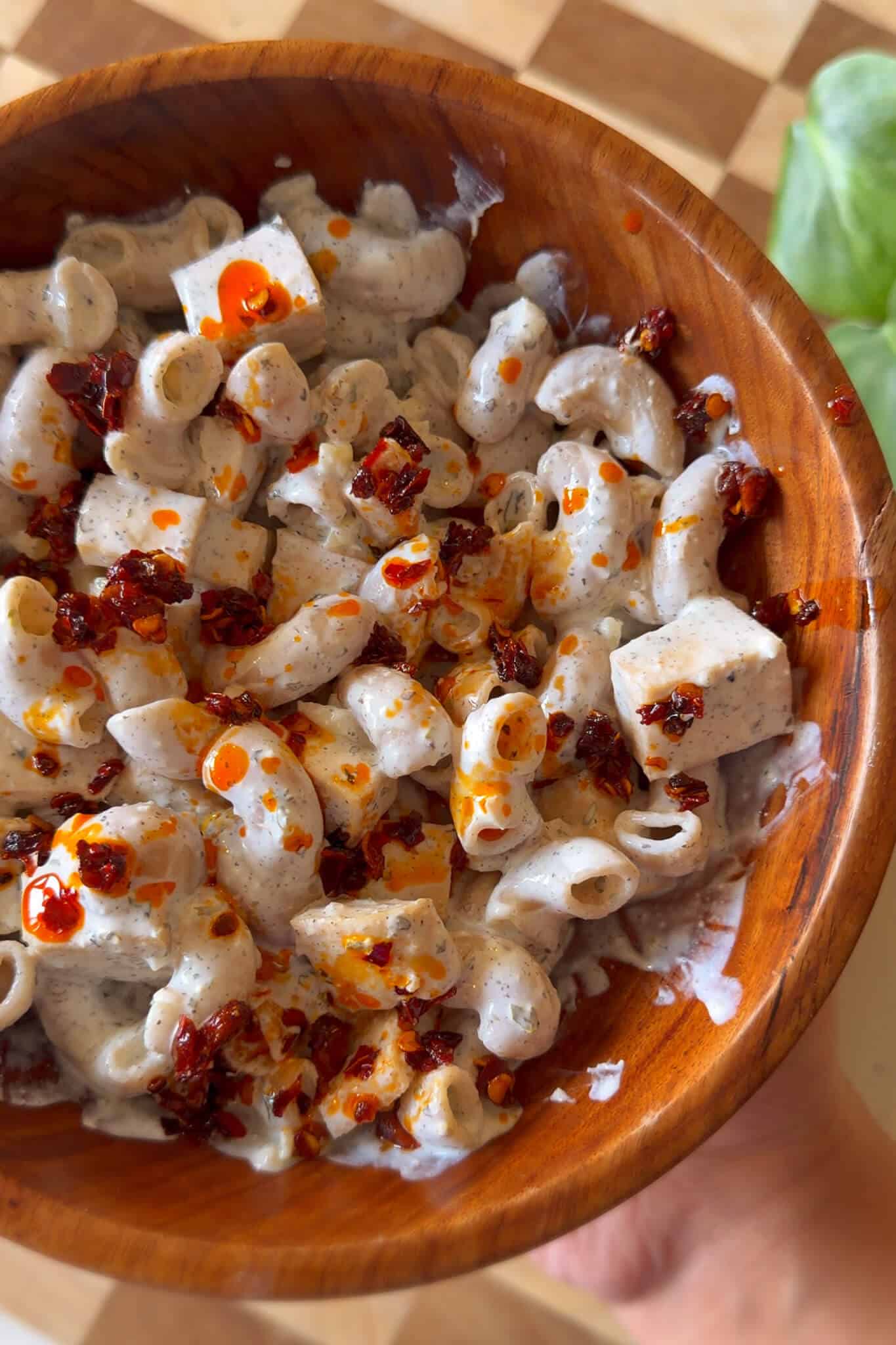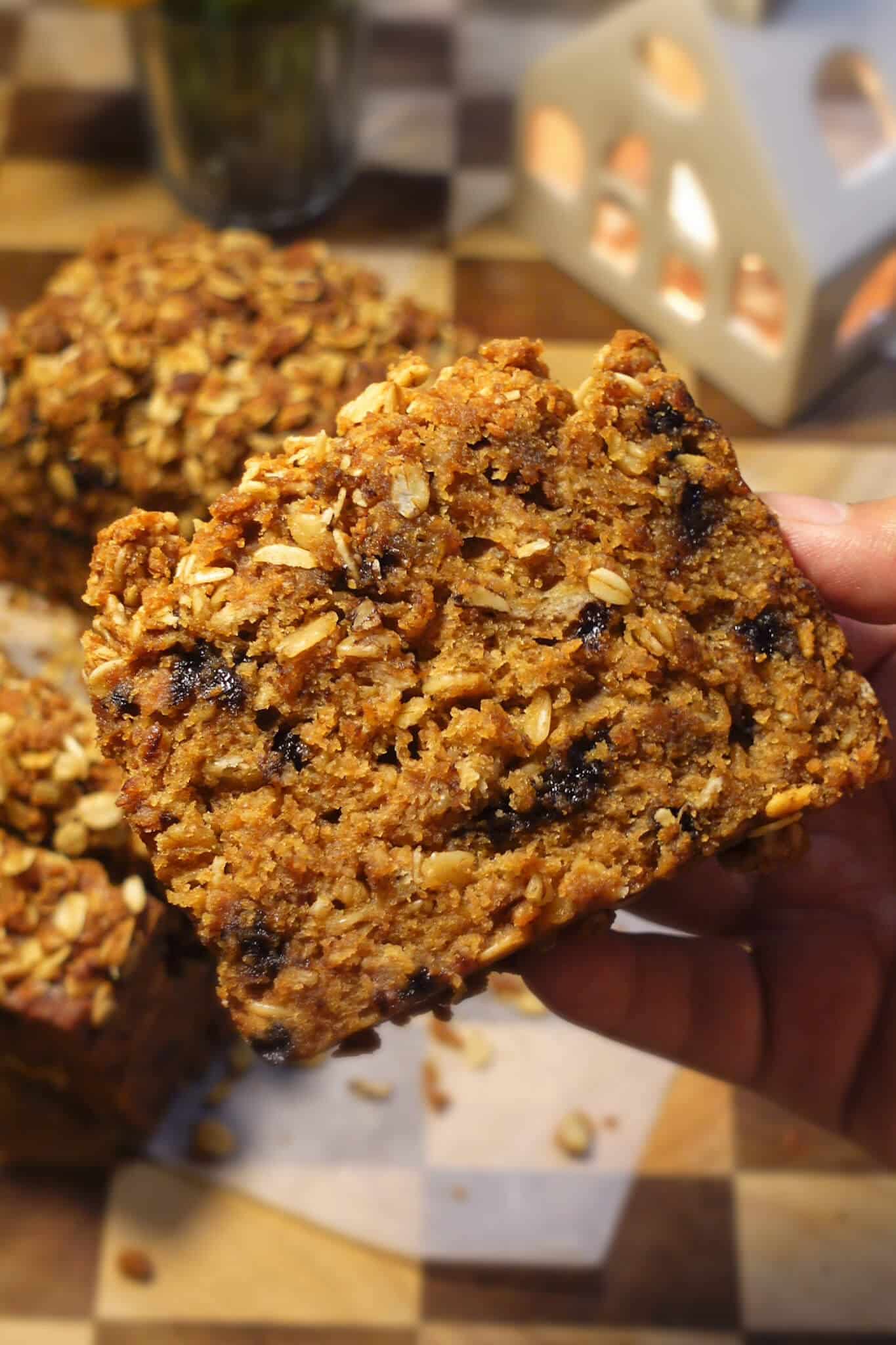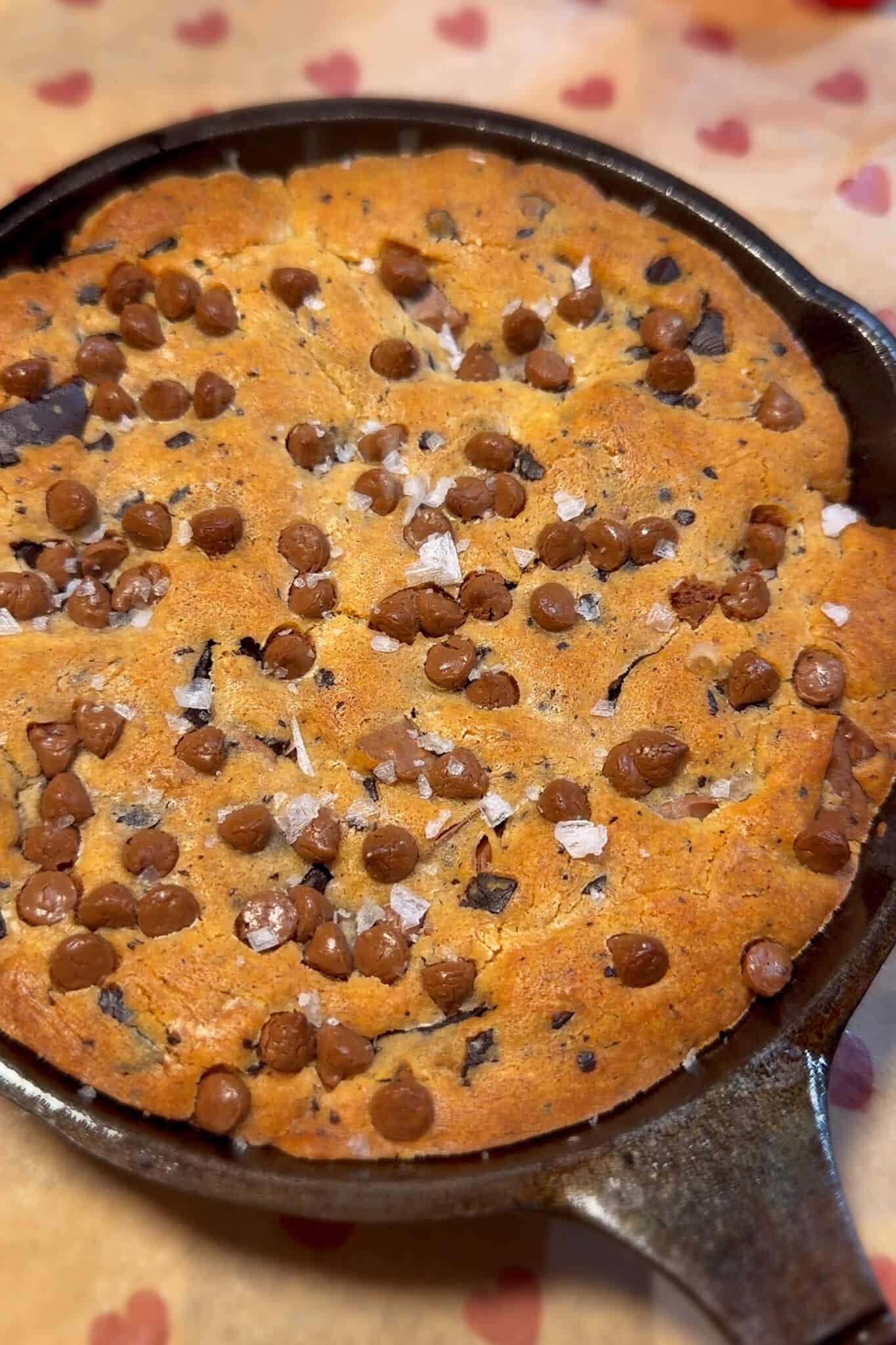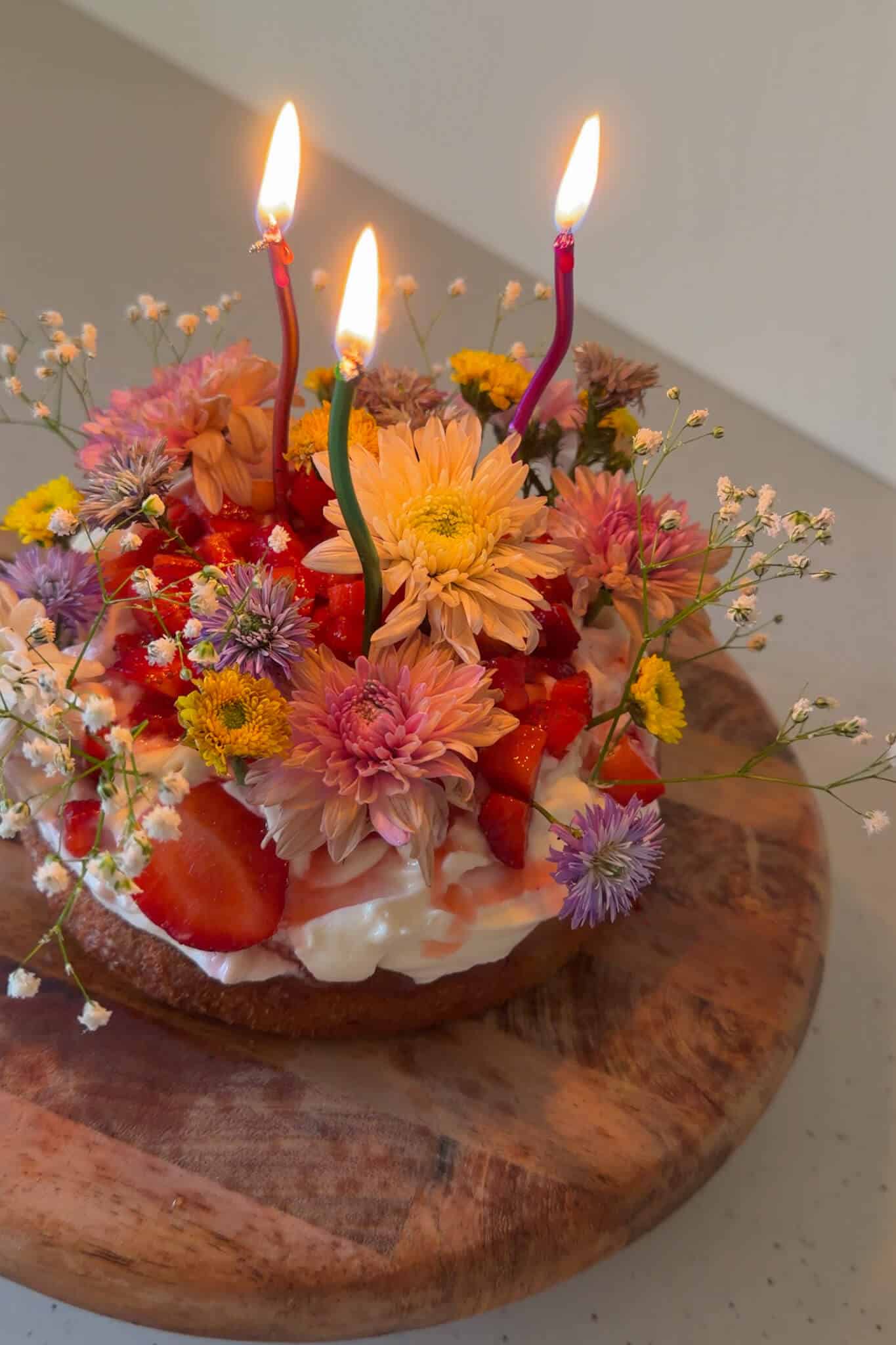5 Ingredient Pav (No Oven)
Super soft, spongy and so buttery: these dinner rolls (pav) are made with just 5 ingredients with no oven, no airfyer and no microwave!
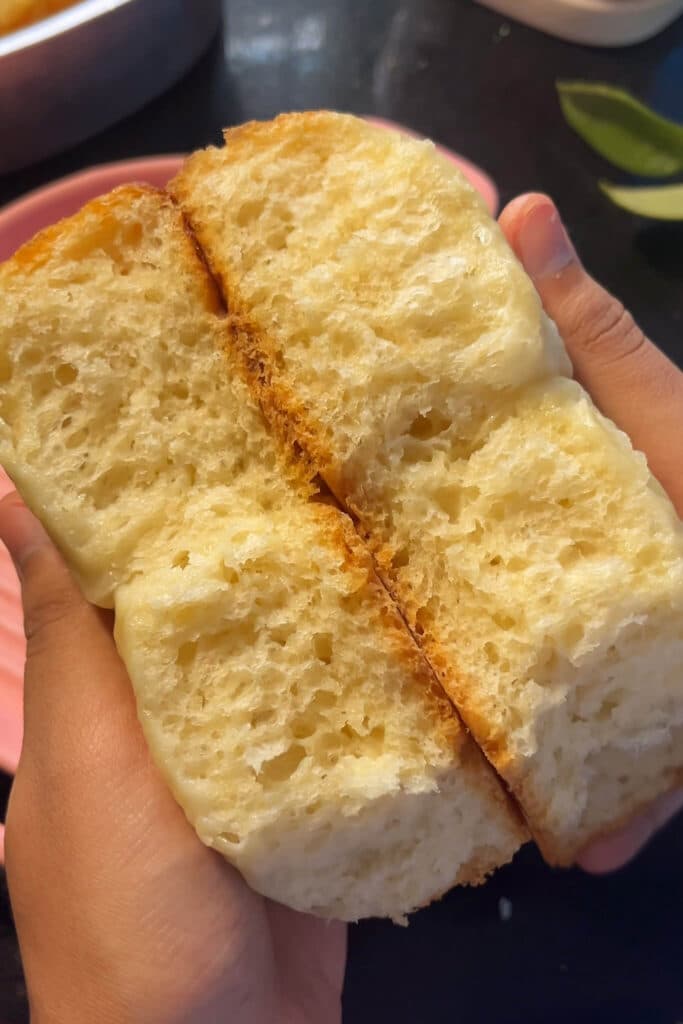
Disclosure: This post may contain affiliate links. I may earn a small commission for my endorsement, recommendation, testimonial, and/or link to any products or services from this website.
Ok so technically, this bread has 7 ingredients but are we really counting salt and water? I’m not.
These dinner rolls (pav) are made entirely on the stovetop, using a kadhai with a layer of salt at the bottom to create a makeshift oven. The salt acts as a buffer, helping distribute heat evenly so the bread bakes without direct contact with the flame. We do 2 rounds of proofing: a bulk proof to let the dough rise and develop flavour and then a shorter proof after shaping the dough into balls and arranging them in the tin. Since there’s no heat source from the top, the pav won’t develop a deep golden crust on the surface but the sides and bottom turn beautifully golden and crisp while the inside stays soft and fluffy: exactly what you want from fresh, homemade pav!
My Latest YouTube Video
If you’ve been failing at baking bread: Here’s Why!
- Your yeast is dead: The most common issue is dead yeast. If your yeast isn’t active, your dough won’t rise and you’ll end up with a dense loaf. Always proof your yeast in warm water (if using active dry yeast) or check the expiry date before using.
- Proofing the dough long enough but not too long: Underproofing means your dough hasn’t had enough time to develop air pockets which makes the bread dense. Overproofing can cause the dough to collapse and lose its structure. The dough should double in size during proofing and when you gently press it: it should spring back slowly.
- Proof your dough in a warm environment: Yeast needs warmth to work properly so if your kitchen is too cold, your dough won’t rise well. The best way to create a warm environment is to place a bowl of hot water inside your switched off oven and close the door. Let it sit for a few minutes to warm up the space and then place your dough inside to proof. This gentle warmth helps the dough rise evenly without the risk of overheating or killing the yeast!
- Always preheat before baking: Preheating your oven (makeshift oven in this case) is very important for good bread. A cold kadhai can cause uneven baking so I like to preheat my makeshift stove oven for atleast 10 minutes before cooking to ensure a warm environment for the bread to rise properly.
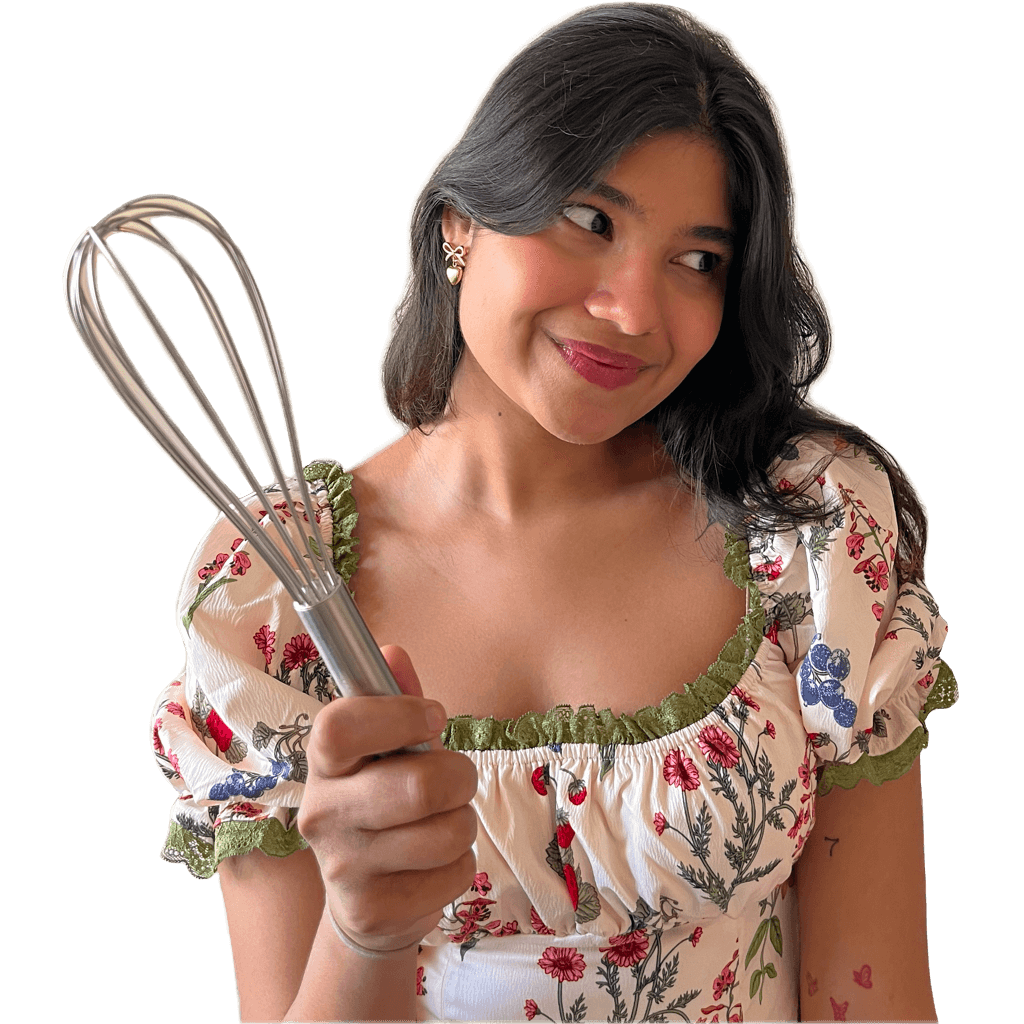
Welcome to shivangi kooks! Here I share easy and delicious vegetarian recipes that’ll make you go: this is just so so goood!
More Recipes
5 Ingredient Pav (No Oven)
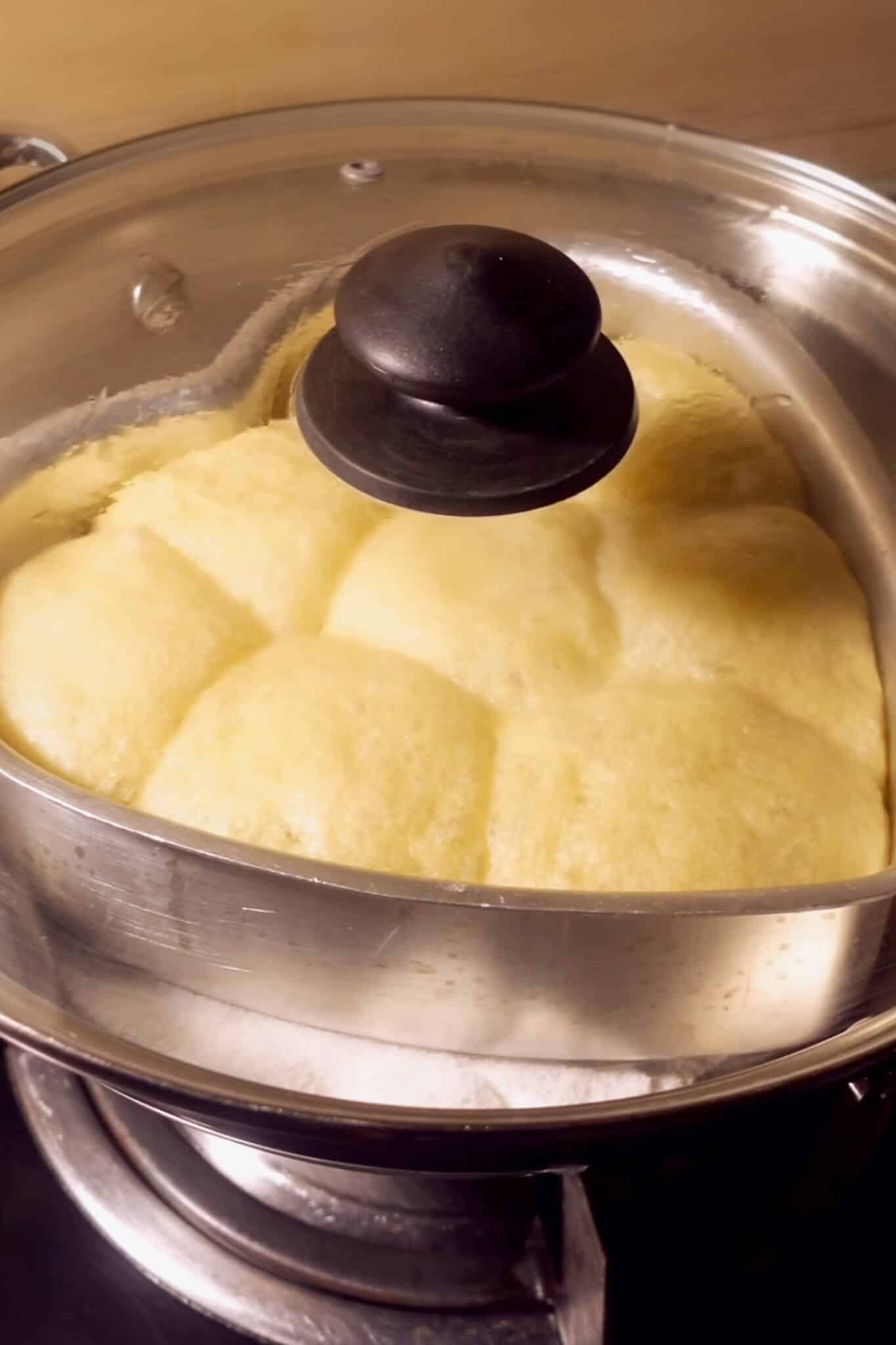
servings
8
prep time
30 min
proof time
2 hr 40 min
cook time
30 min
Ingredients
Bread Dough
- 3/4 cup (180 g) milk, warm
- 1 tbsp (21 g) honey (or sugar)
- 1 tsp (3 g) active dry yeast (or instant or fresh)
- 2 cup (240 g) all purpose flour
- 1/2 tsp (3 g) salt
- 2 tbsp (30 g) salted butter, softened
- 1 tsp (5 g) butter, for greasing bowl and tin
For Brushing
- 1 tbsp (15 g) milk
- 1 tbsp (15 g) butter, melted
Instructions:
- In a cup, mix warm milk, honey and active dry yeast and let it proof for 10 minutes until foamy.
- In a big bowl, combine all purpose flour and salt, add the activated yeast mixture and mix with your fingers or chopsticks into a shaggy dough.
- Add butter to the dough and knead for around 10 minutes till the dough is soft, smooth and elastic. Feel free to add a tablespoon or two of additional flour if you find it hard working with the dough.
- Grease a bowl with butter, place the dough inside and cover loosely with a cling film. Let it proof in a warm environment for around 2 hours or till doubled in size.
- Once doubled, punch down the dough and transfer it to a clean surface lightly dusted with flour.
- Divide the dough into 8 equal portions of dough (50 g each). To shape, hold a portion in your hands, gently pinch the edges together towards the centre, then turn it over and use your palms to cup and smooth it into a round ball.
- Place the dough balls in a greased tin, cover with a cling film and let it rise again for 30 minutes or till doubled in size.
- To set up your makeshift oven, take a kadhai and spread a thick, even layer of salt as the base. Cover with a lid and preheat on low heat for around 10 minutes.
- Brush the rolls with a milk-butter mixture, place the tin directly on the salt, cover with a lid and let this cook for 25-30 minutes until the sides are golden brown and the pav is cooked through (check by inserting a toothpick, if it comes out clean: its done!)
- Let the pav cool for at least 15 minutes before removing from the tin, then cool completely before enjoyingg!
Recipe Video
Leave a Comment
There are no reviews yet. Be the first one to write one.



